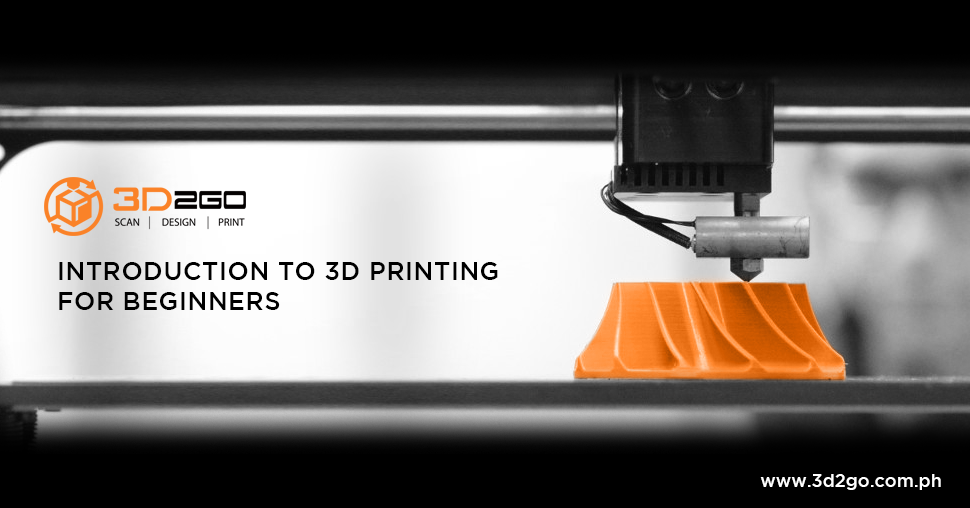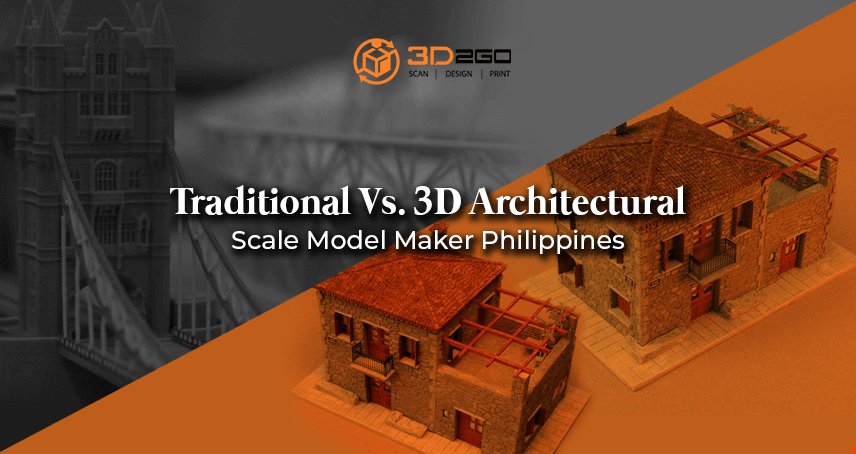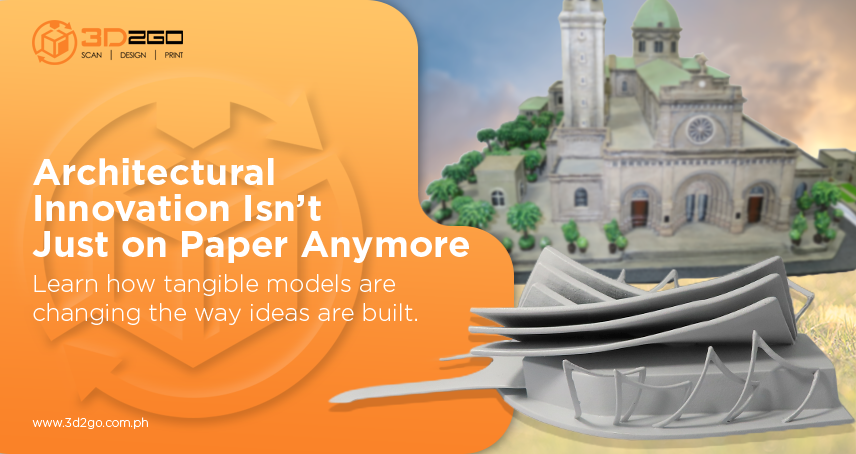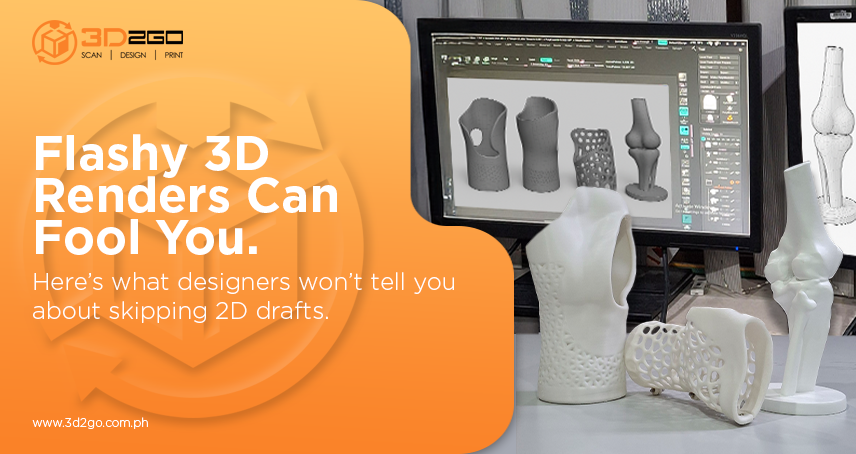
University of Cagayan Valley Visits 3D2GO Office
June 7, 2022
Introduction to 3D Printing for Beginners
June 7, 2022What are architectural scale models for?
Architects require multiple skills. One of which is model-making, a type of architectural model. It is a good way of presenting a 3D version of your architectural design, interior design, or urban design project. It gives you a sense of how the different elements will feel in reality combined together. They are also easier to perceive for other viewers, especially those with no experience in architecture.
When modeling, you need to comprehend the nature and size of the project. If the idea is mainly in the form, then you need to focus on the base material regardless of how it shall look from the inside. Houses, for example, may require an architecture model. It should show the design of the facades and the inside layout. Because of this, you will be dealing with more details.
Apartments, on the other hand, only its interior really matters.
But urban design models are completely different. You will be modeling entire neighborhoods. Thus the level of details required in the model is much less.
3D2GO may just be the place for the birth of your models.
Materials for a traditional scale model philippines
For architectural students, there is a wide range of materials depending on their purpose, available time, and expertise. The basic and commonly used base material for architecture models is foam.
- White Foam boards come in multiple thicknesses, but most commonly 3mm and 5mm. These solid boards can be used as a base for models created from foam and other light materials. You can, also, use them to construct walls, and choose the thickness based on the scale. If the interior wall will not be visible, then the thickness doesn’t matter.
- Cork sheets are textured brownish sheets which are less thick and more flexible than foam boards. They are easier to handle and cut but they can break easily.
- Foam sheets are flexible but not easily breakable. They come in colors and small thicknesses. They can be cut easily with scissors.
- Wood can be used for modeling, especially Balsa wood which can be cut easily and painted. Wooden boards can also be used as a base for the heavier models. Balsa strips can be used for structures with the wooden skeleton, or to show trusses.
If your model is more of a conceptual or a form-oriented type you can go for materials that can be easily shaped like heavy Canson sheets, paper, wires, or clay, and if you have the patience you can experiment with gypsum or paper mâché.
3D printing though would mostly be debunking the tradition that you grew accustomed with. 3D2GO uses the best printers and different kinds of durable plastics for quality finishes.
3D2GO’s process for your architectural model making ideas
Just like the traditional steps for creating a scale model, 3D printing offers a similar process.
Cutting
Cutting is the actual first step of model making. Neatly cut pieces give an overall aesthetically pleasing understandable architecture model. If the edges are all messy, the model might not be perceived well.
Assembling
After the pieces are cut, it is time to form them into the model you have in mind.
Finishing
This is a step that might require a bit of creativity on your side. After all, there many pieces that may go here and there. And one wrong placement could change the outcome of your model.
Furnish
Furnishing is near towards the end of the process. This is where the finishing touches to the model are made. This is mostly sanding the bits and pieces for a smoother finish. Once everything has the perfect texture, comes the coloring.
Landscaping
This step is not always applicable, especially for apartment-type models. Landscaping is perfect for building and house models.
Don’t see what you need?
Just get in touch with us and leave us a message and we’ll get back to you ASAP.
Or you can already send us files in .obj or .stil format in our email address management@my3d.com.ph. You can also reach us through our Facebook and Instagram pages today!





